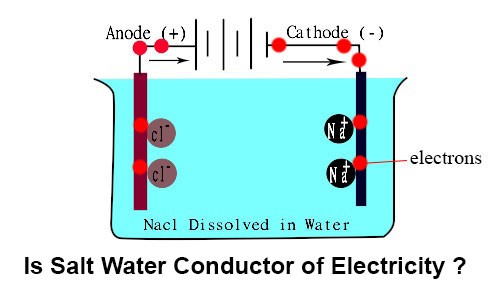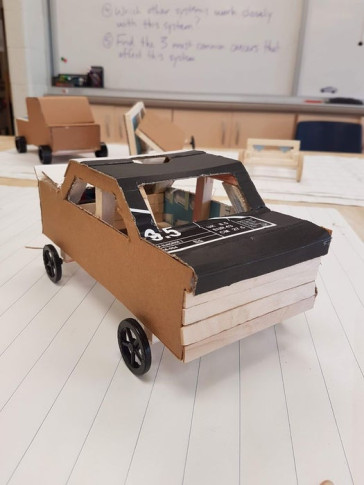Can Salt Water Produce Electricity?
Objective: Build a mini circuit and test the circuit in both salt and fresh water
Materials: All Materials involved with the exception of Water & Salt are available at www.kidder.ca! Click on the Catalog numbers beside each material.
- 1. Masking Tape - Cat# 83-1712-00
- 2. 9-volt battery - Cat# 70-3209-00
- 3. Buzzer - Cat# 80-3536-00
- 4. 2 craft sticks - Cat# 83-1600-00
- 5. Aluminum foil - Cat# 80-3501-AL
- 6. Water - TAP!
- 7. Salt - Kitchen Cupboard!
- 8. Two plastic cups - Cat# 34-1010
- 9. Alligator Clips with leads - Cat# 80-3504-RB
Can also be done with a low voltage light bulb! See below
- 1. 3.5v mini bulb - Cat# 80-3519-00
- 2. Bulb Holders - Cat# 80-3527-00

Procedure:
- 1. Cover both craft sticks with aluminum foil.
- 2. Take the buzzer and tape the red wire to the positive end of the battery
- 3. Tape one foil-covered craft stick to the black wire. Tape the other one to the negative side of the battery.
- 4. Test your buzzer by touching the two sticks together. You should be able to produce a buzzer sound. If this does not work, check all of your connections.
- 5. Does salt water conduct electricity? As a matter of fact, it does! In this science experiment, your student will build a mini circuit and test it in both salt water and fresh water. It's a simple experiment, but it will show how salt water acts as a conductor to electrical currents while reinforcing important lessons about conductivity and electricity.
- 6. Put the two sticks into a cup of salt water about 5 cm apart. Do not touch the sticks together.
- 7. Try the experiment with fresh water.
Discussion Questions:
- 1. Why can you produce electricity without the two sticks touching? (The salt “ions” water acts like a wire and completes the circuit to enable the buzzer to go off.)
- 2. Why does the buzzer not go off when the two sticks are put in the fresh water? (There is no conductor.)
Source: http://www.education.com/activity/article/Experiment_with_Salt_Water/











